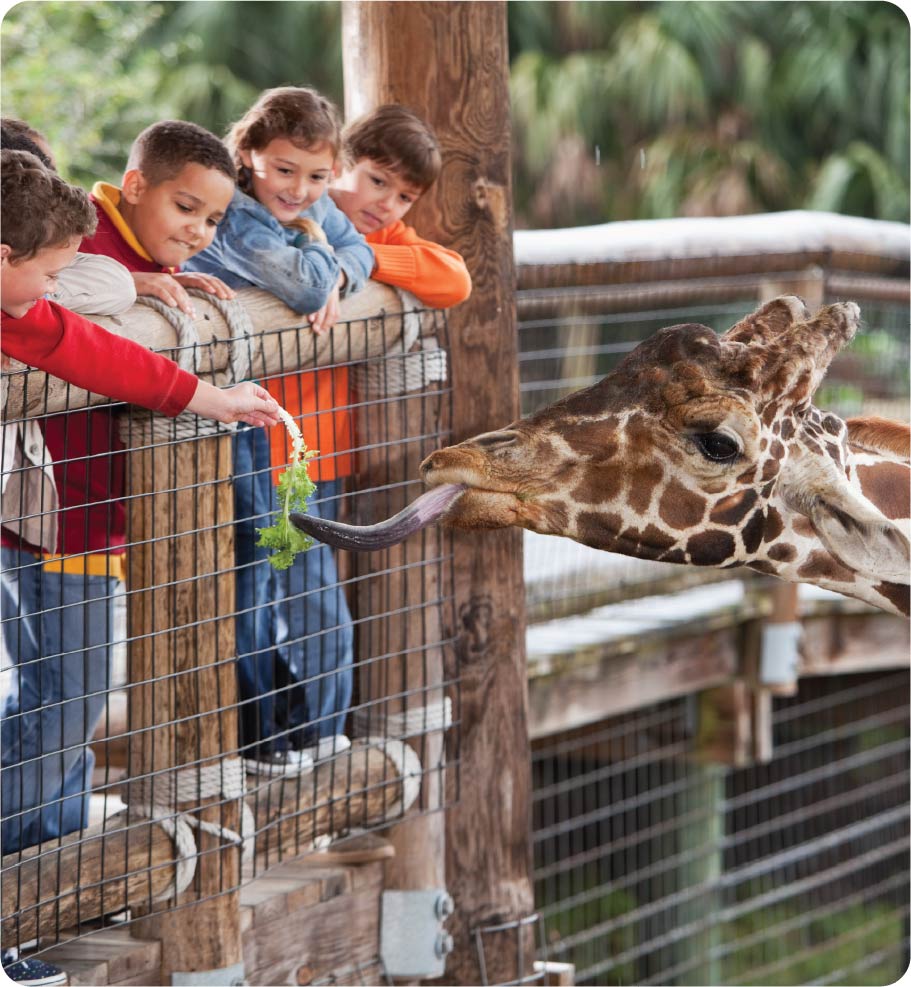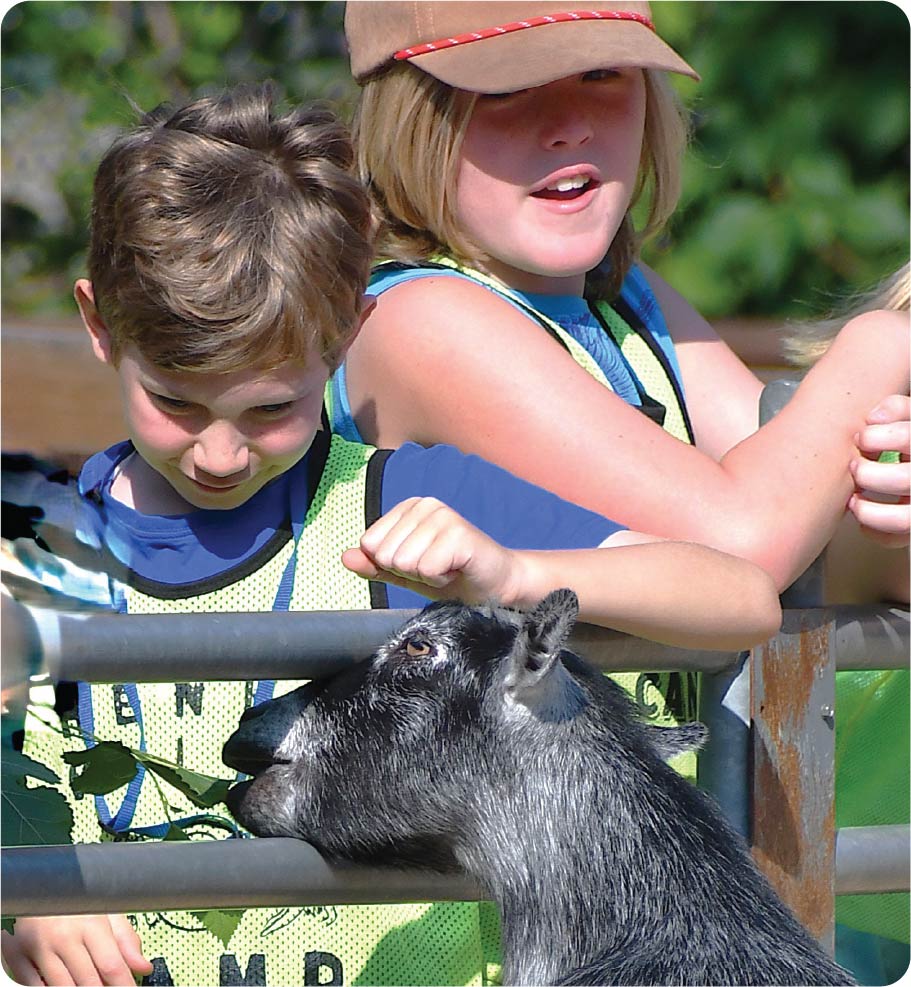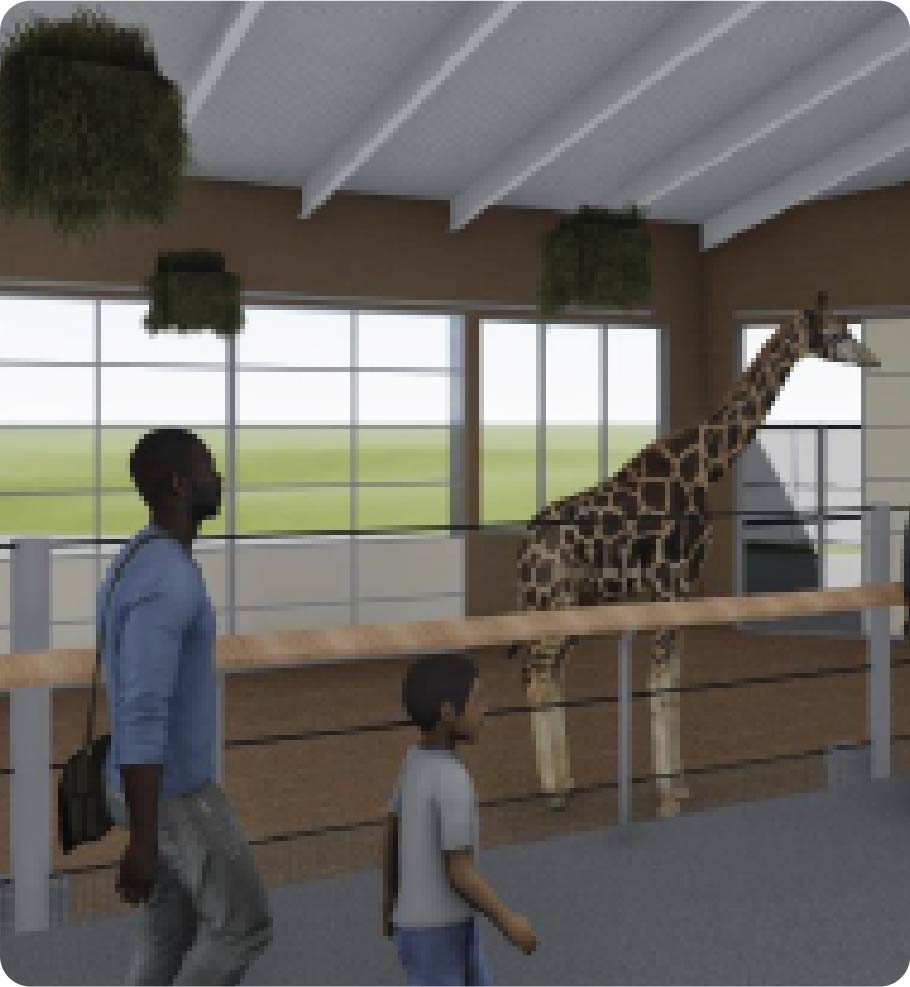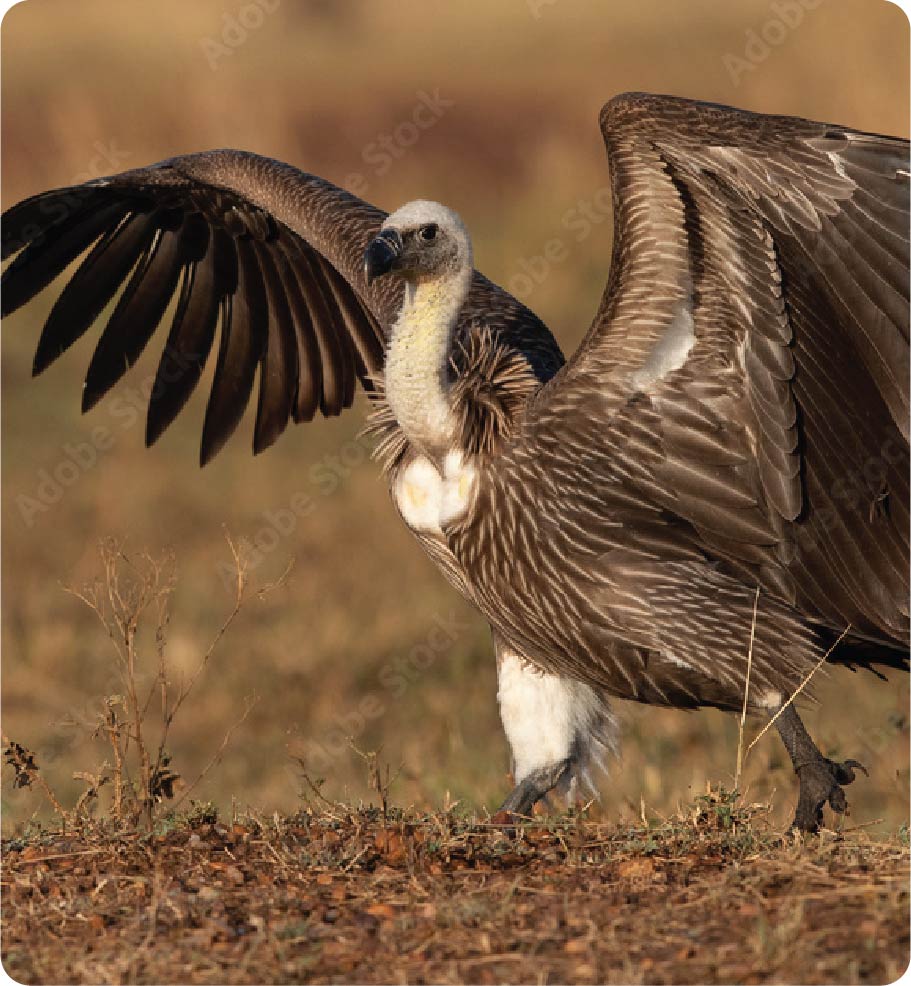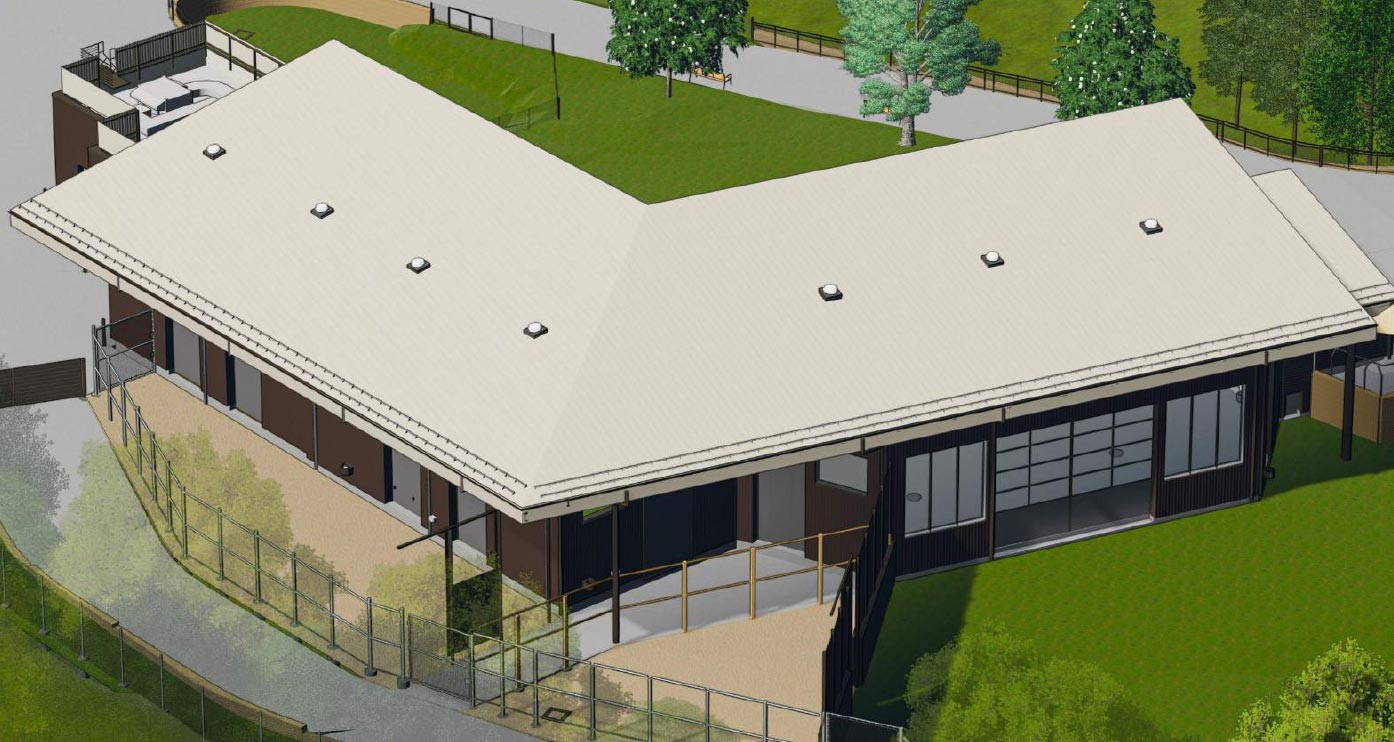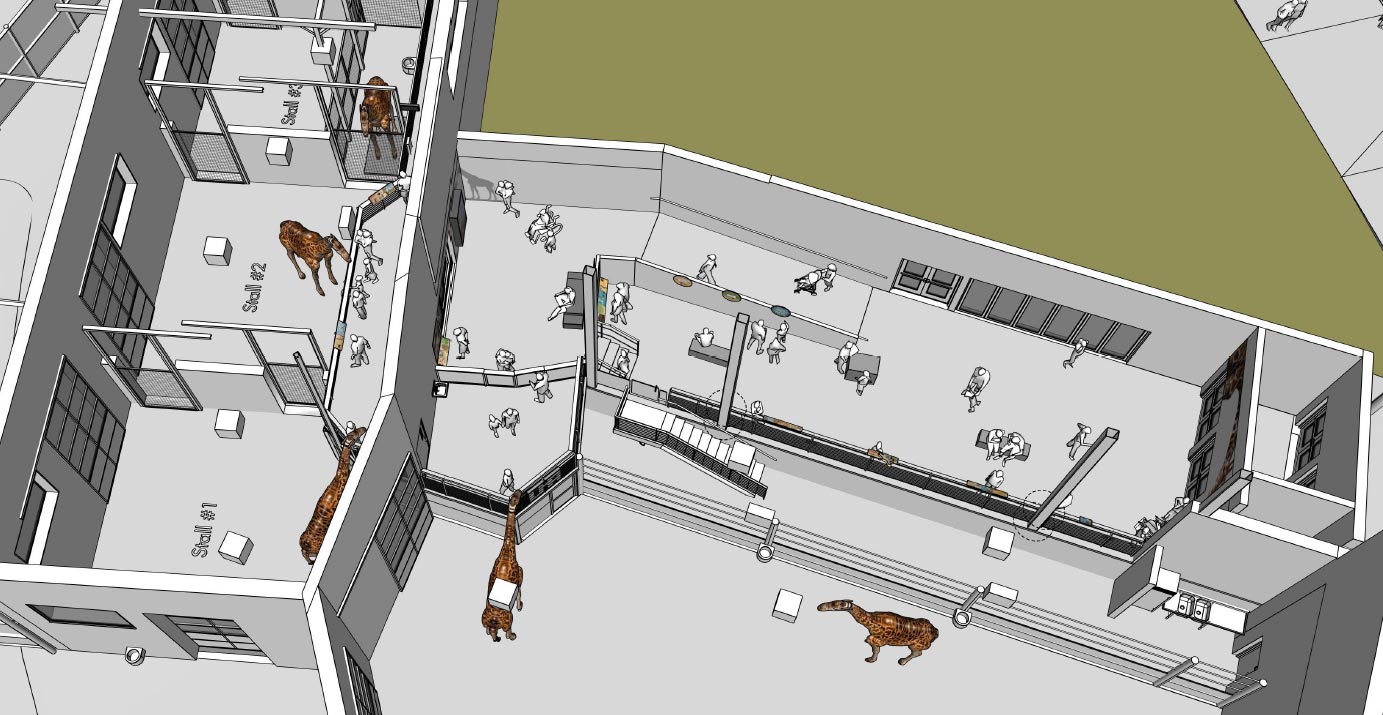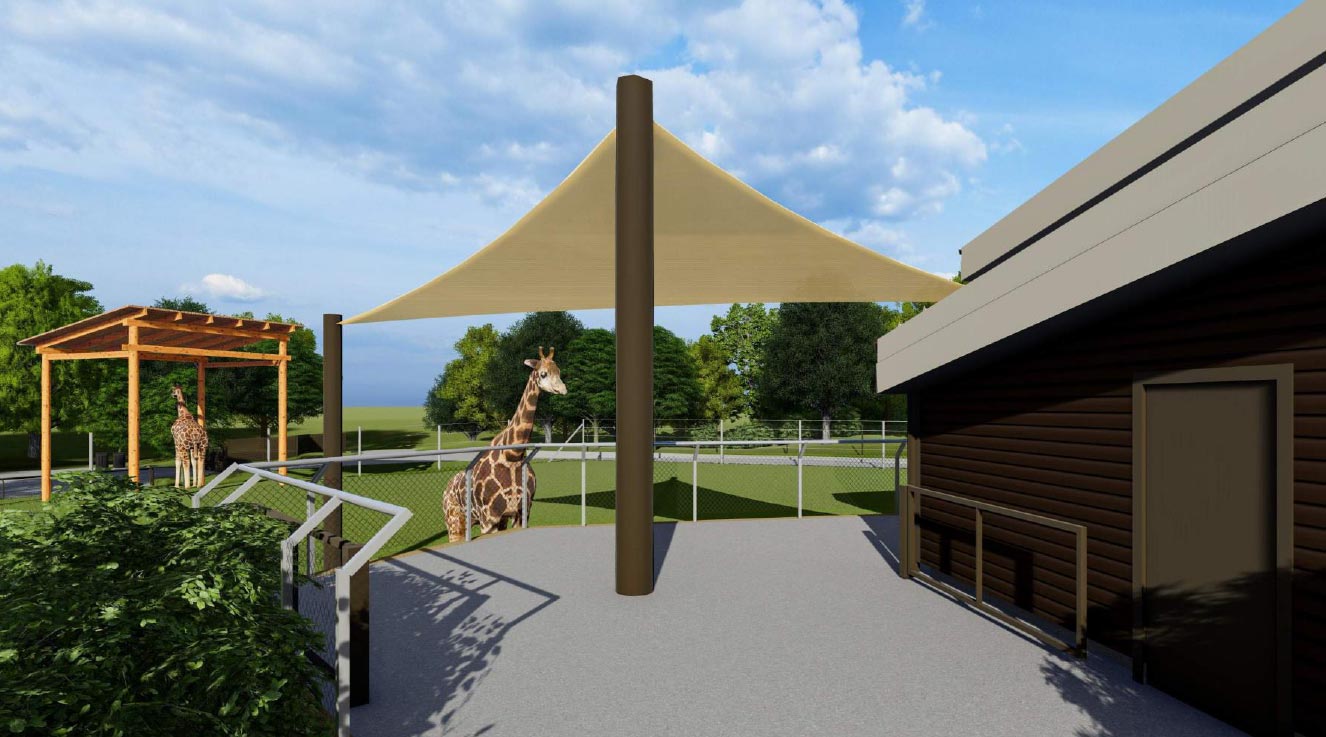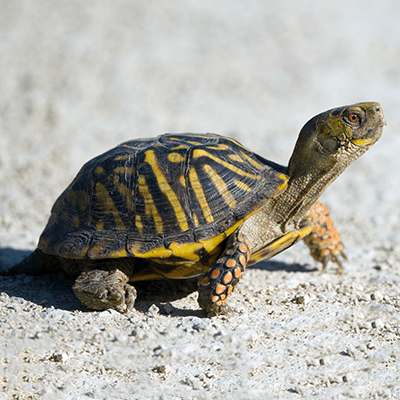
About Ornate Box Turtle
Ope! Did ya know that ornate box turtles are native to Wisconsin? That’s right! However, they are also endangered in Wisconsin due to habitat loss, the pet trade, and car accidents.
Habitat
They live in the midwest and the southern United States in sandy soils, dry prairies, and oak savannas.
Diet
Ornate box turtles eat invertebrate animals, plants, fungus, and dead meat.
Family Life
Nesting for ornate box turtles typically occurs at the beginning of the summer, with hatching at the end of the summer. They are not communal turtles and tend to have home ranges of two to three acres.
Conservation Status
The conservation status of the Ornate Box Turtle is classified as not evaluated.Threats
- Due to their small size and reduced mobility, this species has many known predators. Common predators include coyotes, striped skunks, foxes, and dogs among several others.
- When encountering a predator, ornate box turtles will often ‘freeze’, as they retract their bodies and limbs inside their harder shell. This species will also burrow holes deep underground or retreat underwater if faced with danger.
- Human interaction is a major threat to the population, as home development and automobile related deaths are common for this species.
Facts about Ornate Box Turtle
Class:
Reptilia (reptiles)Order:
Testudines (turtles)Family:
Emydidae (terrapins)Genus:
Terrapene (box turtles)Species:
Terrapene ornata (ornate box turtle)Life Span:
32 – 37 yearsSize:
~4 inches (10 cm)Weight:
0.4 – 1.2 pounds (6.4 – 19.2 oz)
Fun Facts
- How can you help conserve Wisconsin’s native turtles and tortoises?
- Never collect an animal from the wild for a pet.
- Slow down when driving by wetlands in the spring, summer, and fall.
- Stop to help turtles and tortoises cross roadways in the direction they are moving, but only if it is safe to so do.
